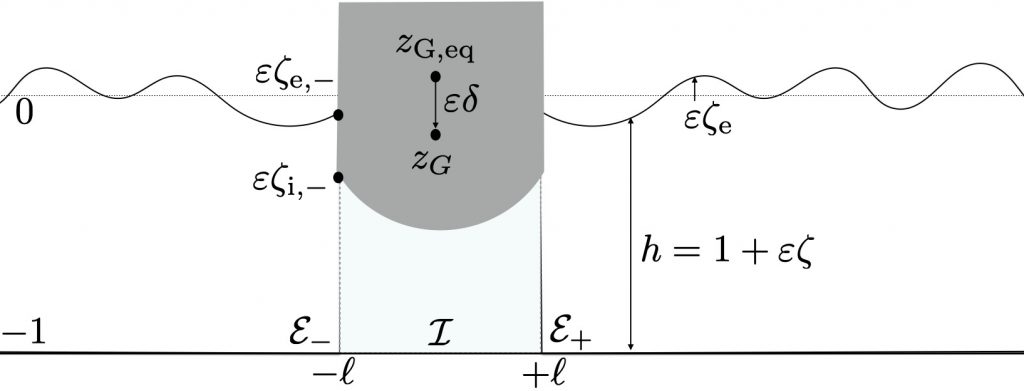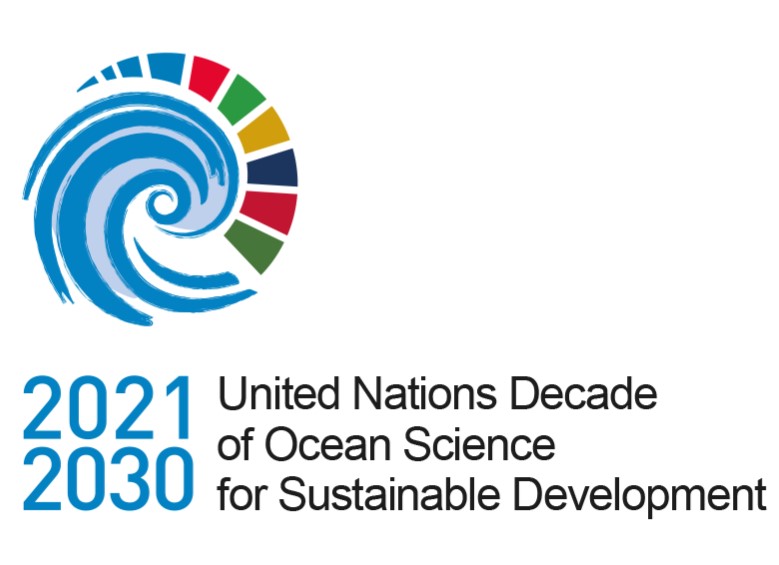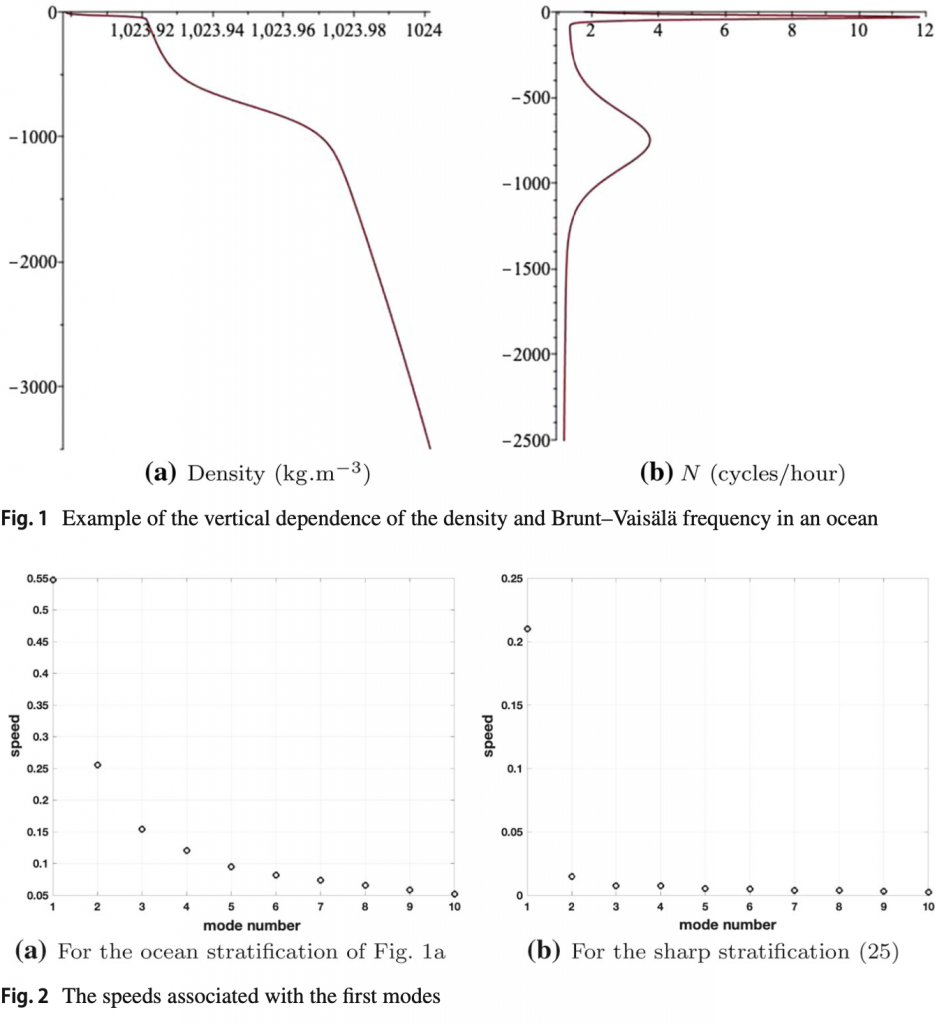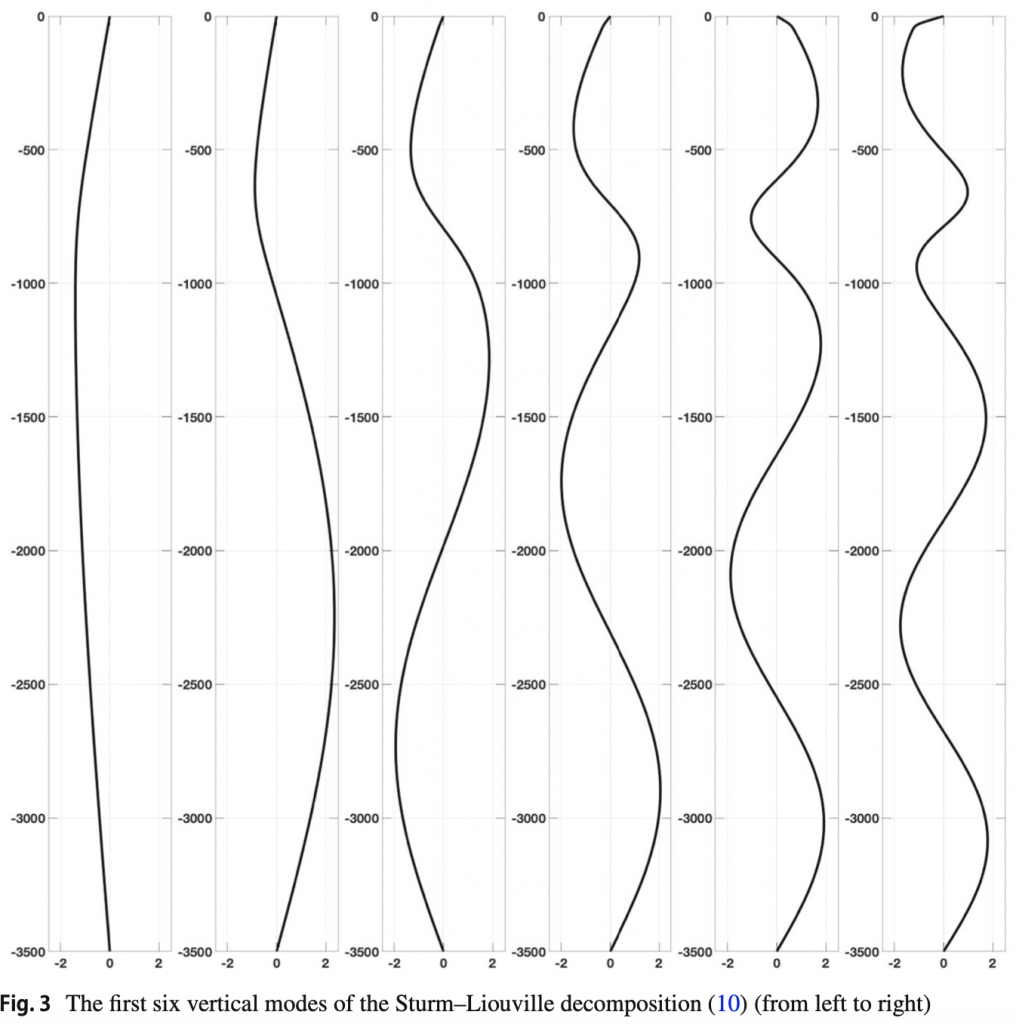12-14 Avril, Institut de Mathématiques de Bordeaux
(salle de conférence)
Programme
Mardi 12 avril
11h00-13h00 Christophe Lacave : Synthèse des travaux récents dans la thématique « vortices »
Buffet
14h00-15h00 Charlotte Perrin: Well-posedness of partially congested Navier-Stokes equation
15h00-16h00 Florent Noisette: Symbolic symmetriser and estimates for entering energy
16h00-16h15 Pause
16h15-17h15 Geoffrey Beck : Weak turbulence for water waves
Mercredi 13 avril
9h15-10h15 Richard Höfer: On the derivation of viscoelastic models for rod-like suspensions
10h15-10h30 Pause
10h30-12h30 David Lannes: Synthèse des travaux récents dans la thématique « objets flottants »
Buffet
14h00-15h00 Martina Magliocca: Bifurcation results for a coupled incompressible Darcy’s free boundary problem with surface tension
15h00-16h00 Matthieu Menard: Étude d’un modèle de spray gyrocinétique
16h00-16h15 Pause
16h15-17h15 Ludovic Godard-Cadillac: Hölder regularity for collapses of point-vortices
Congress dinner
Jeudi 14 avril
9h15-10h15 Roberta Bianchini: Inviscid damping for the two-dimensional stably stratified Couette flow
10h15-10h30 Pause
10h30-12h30 Charles Collot: Singularity formation for the Burgers equation and unsteady separation for the Prandtl system
Résumés des exposés de synthèse
Charles Collot : Singularity formation for the Burgers equation and unsteady separation for the Prandtl system. We will study the first time at which a shock forms for the Burgers and Prandtl equations, triggering separation of the boundary layer for the latter ones. The first part will illustrate the main issues of singularity formation for the toy model of the Burgers equation, emphasising the role played by backward self-similar solutions. For this equation everything is explicit and computable by hand, a fact that is seldom noticed! The second part will focus on the inviscid unsteady Prandtl system ; where a complete – truly 2-dimensional – description of singularities can still be carried on. Finally, the third part will deal with the full Prandtl’s system, where we are able to handle viscosity effects on an axis, and show that analytic solutions remain analytic around this axis up to blow-up time with a universal bound for their analyticity radius. These are joint works with T.E. Ghoul, S. Ibrahim, and N. Masmoudi.
Christophe Lacave (Grenoble): Synthèse des travaux récents dans la thématique « vortices ». L’objectif de cet exposé est de faire un tour d’horizon de ce qui a été réalisé dans les 3 dernières années concernant la partie « vortices » de notre projet ANR et de faire un bilan des questions qui restent ouvertes. Je commencerai par les diverses contributions concernant la justification des équations du flot par courbure binormale, puis je parlerai des études récentes sur ce modèle. Je finirai mon panorama par une analogie classique entre les équations axi-symétriques sans swirl et les équations des lacs.
David Lannes (Bordeaux): Synthèse des travaux récents dans la thématiques « objets flottants ». On présentera dans cet exposé les principales avancées menées dans le cadre de cette ANR, et également par d’autres équipes, pour décrire l’interaction des vagues avec des objets flottants. On insistera sur plusieurs questions mathématiques dont l’intérêt dépasse ce cadre applicatif, comme les problèmes mixtes pour perturbations dispersives de systèmes hyperboliques. On essaiera de faire le lien avec d’autres problématiques faisant intervenir des écoulements congestionnés
Résumés des exposés
Geoffrey Beck (ENS Paris): Wave turbulence for the water waves equations.
In water-waves equations, the dispersion tends to force the solution to spread and non-linearity creates interactions between some oscillating modes. There are too many interactions to try to describe each Fourier mode evolution only by deterministic features and one rapidly needs to consider a statistical average between them. Wave-turbulence manages to give a quantitative description of the effective balance of the mean energy input from a source at low wave-numbers (such as wind for ocean water-waves), transfer of energy through reversible non-linearities to higher and higher wave-numbers. A heuristic derivation of Wave-Kinetic Equation (WKE) was proposed in the context of deep gravity water-waves by Hasselmann and Zakharov. The collision operator of (WKE) represents, in that context, the interactions between four resonant waves. Wave turbulence shares with traditional hydrodynamic turbulence three characteristic concepts : randomness, scalings and cascades. The « irreversibility » of the migration from low to high wave-number is a consequence of the quasi-resonance mechanism. Fortunately, recent math papers deal with rigorous derivation of the wave-kinetic equation for the cubic NLS equation. Recently Deng-Hani reached the expected kinetic time scale with one scaling law. The non-linearity for water-waves is really much more complicated than cubic NLS. Indeed, the non-linearities are given in particular by a Dirrichlet-to-Neuman operator which maps the trace of the velocity potential on a wave surface to the speed of deformation of the wave-surface. An asymptotic expansion leads to dyadic, cubic, quadratic, quintic… non-linearities at different scales. What is a good regime for water-waves turbulence
Roberta Bianchini: Inviscid damping for the two-dimensional stably stratified Couette flow. In this talk, we discuss the asymptotic stability of the two-dimensional inviscid Boussinesq equationsnear a stably stratified Couette flow, for small initial perturbations in a suitable Gevrey class. Under the classical Miles-Howard stability condition on the Richardson number, we prove that the system experiences a shear-buoyancy instability: the density variation and velocity undergo an inviscid damping of decay rate of order $t^{-1/2}$, while the vorticity and density gradient grow as $t^{1/2}$, within a certain time-scale dictated by the size of the initial fluctuations.This is a joint work with Jacob Bedrossian, Michele Coti Zelati and Michele Dolce.
Ludovic Godard-Cadillac : Hölder regularity for collapses of point-vortices. The first part of this talk studies the collapses of point-vortices for the Euler equation in the plane and for surface quasi-geostrophic equations in the general setting of $\alpha$ models. This consists in a Biot-Savart law with a kernel being a power function of exponent $-\alpha$. It is proved that, under a standard non-degeneracy hypothesis, the trajectories of the vorticies have a regularity Hölder on $[0,T]$ with $T$ the time of collapse. The Hölder exponent obtained is $1/(\alpha+1)$ and this exponent is proved to be optimal for all $\alpha$ by exhibiting an example of a $3$-vortex collapse.
The same question is then addressed for the Euler point-vortex system in smooth bounded connected domains.
It is proved that if a given vortex has an adherence point in the interior of the domain, then it converges toward this point and is Hölder continuous.
This is joint work with Martin Donati.
Richard Höfer (IMJ): On the derivation of viscoelastic models for rod-like suspensions. We consider effective properties of suspensions of inertialess, rigid, anisotropic, Brownian particles in Stokes flows. Recent years have seen tremendous progress regarding the rigorous justification of effective fluid equations for non-Brownian suspensions, where the complex fluid can be described in terms of an effective viscosity. In contrast to this (quasi-)Newtonian behavior, anisotropic Brownian particles cause an additional elastic stress on the fluid. A rigorous derivation of such visco-elastic systems starting from particle models is completely missing so far. In this talk I will present first results in this direction starting from simplified microscopic models where the particles evolve only due to rotational Brownian motion and cause a Brownian torque on the fluid. In the limit of infinitely many small particles with vanishing particle volume fraction, we rigorously obtain the elastic stress on the fluid in terms of the particle density that is given as the solution to an (in-)stationary Fokker-Planck equation.
Joint work with Marta Leocata (LUISS Rome) and Amina Mecherbet (Université de Paris)
Martina Magliocca (ENS Paris Saclay): Bifurcation results for a coupled incompressible Darcy’s free boundary problem with surface tension .In this talk, we will focus on traveling wave bifurcation results for an incompressible Darcy free boundary problem that describes cell motility. We will also compare two different techniques to prove the existence of bifurcation points: the Crandall-Rabinowitz argument and the Leray-Schauder degree theory.
This is a joint work with Thomas Alazard (Centre Borelli ENS Paris-Saclay) and Nicolas Meunier (University of Évry).
Matthieu Ménard (Grenoble): Étude d’un modèle de spray gyrocinétique. On présentera l’étude d’un modèle représentant une phase diffuse de solides plongée dans un fluide plan incompressible non visqueux. On justifiera tout d’abord son caractère localement bien posé en temps puis on montrera qu’il peut s’obtenir comme limite de champ moyen d’un système composé d’un nombre finis de solides plongés dans un fluide.
Florent Noisette (Bordeaux): Symbolic symetriser and estimates for entering energy. The 2D euler equation is well studied and understood. The evolution equation for the vorticity beeing a coupling between a transport problem and an elliptic problem make it simpler to tackle. Yudovich was the one to take on the case of a bounded domain with open boundary -meaning there is fluid entering and exiting the domain-, using sharp elliptic estimates. However to do so he needed a stronger regularity that what is normally needed in the case of an impermeable boundary. We discuss a technique first introduce by Papin and Weigant to enhance this result through the help of a smart test function.
Charlotte Perrin (Marseille): Well-posedness of partially congested Navier-Stokes equations. This talk addresses the mathematical analysis of 1D Navier-Stokes equations including a maximum packing constraint, that is a maximal constraint on the density. These equations arise naturally in the modeling of mixtures like suspensions or in the modeling of collective motion. The main feature of the model is the co-existence of two different phases. In the congested phase, the pressure is free and the dynamics is incompressible, whereas in the non-congested phase, the fluid obeys a pressureless compressible dynamics. I will discuss the Cauchy problem for initial data which are small perturbations in the non-congested zone of travelling wave profiles. This is a joint work with Anne-Laure Dalibard.









